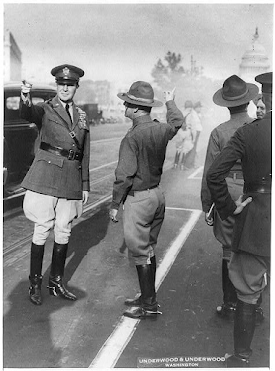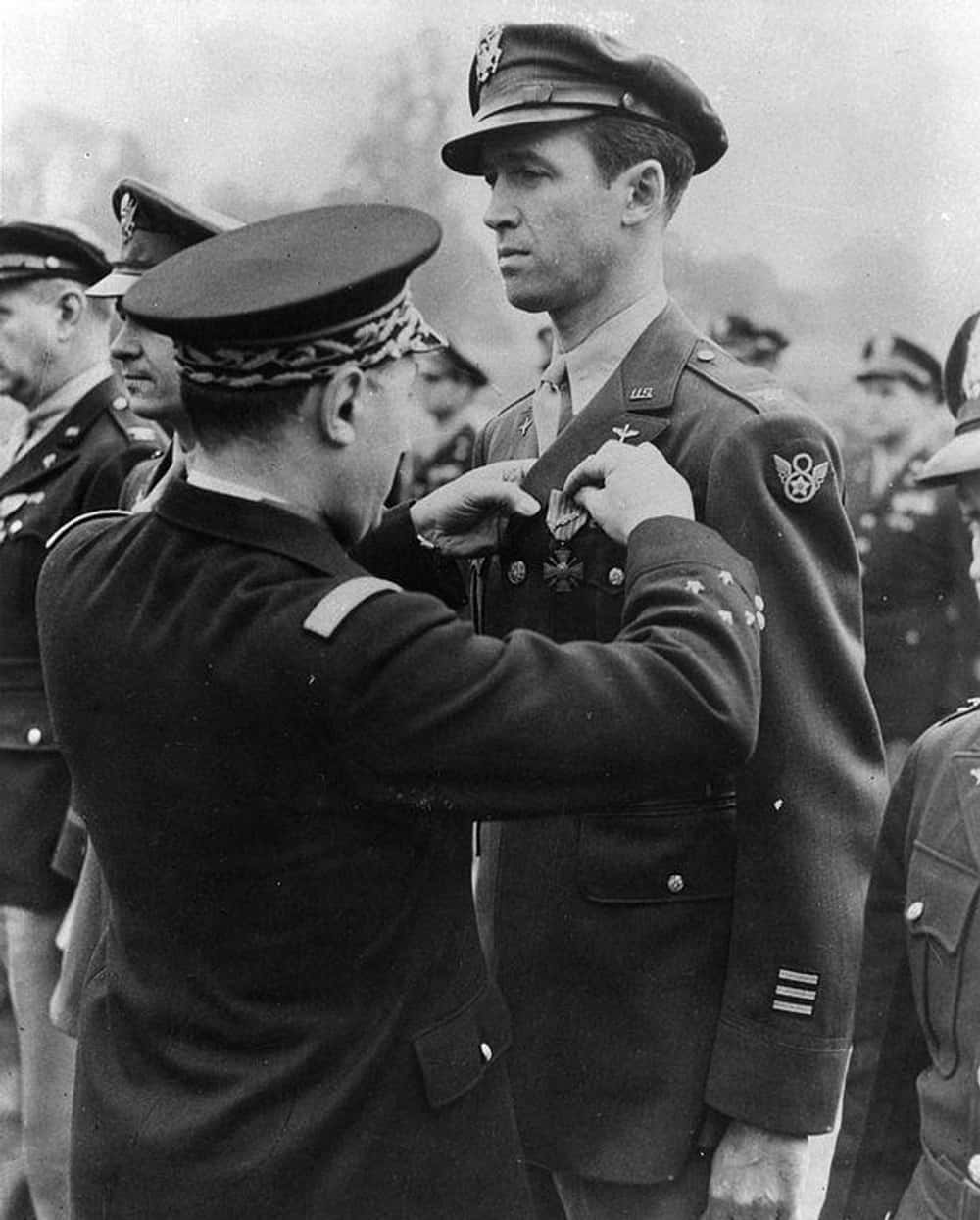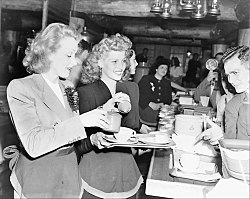Dodge was a man of many talents. He graduated with a degree in civil engineering in 1851, worked in surveying and building railroads, and settled in Council Bluffs, Iowa as a businessman and community leader in the 1850’s.
However, when the Civil War broke out, he answered the call to defend his nation. Eager for a field command, he accepted a colonelship and outfitted a regiment. He was admired and acclaimed for his bravery, determination, and strategy in the Battle of Pea Ridge in Arkansas in 1862 and Atlanta in 1864, but Generals Grant and Sherman recognized that his true talents lay elsewhere.
Dodge was a master railroad builder and destroyer. His arch enemy in the task of maintaining open railways for the transportation of Union troops and supplies in the Western Theater was Brig. General Nathan Bedford Forest. It was said that Dodge could repair railroads faster than Forrest could destroy them.
 |
| General Nathan Bedford Forrest, T.J. Selby photograph |
However, the underlying secret to Dodge’s greatest successes was his spy network. He had his men in the right place and the right time at Pea Ridge because his spies had discovered that the Confederates had split their forces, and the spies determined from which the direction the “surprise” attack would happen. His agents, along with his expert engineering skills and blockade-house strategies, helped him to stay ahead of Forest, as well.
Early in the war, Dodge grew weary of having his cavalry missions thwarted by inaccurate intelligence. He determined to rectify the matter by hiring a company of scouts to risk their necks for a price to keep him apprised of enemy activity.
From this small outfit, his spy network grew to over one hundred operatives, including former slaves and Union sympathizers behind Confederate lines. He enlisted women in his rank of spies, as well, and they proved their worth as effective assets.
Dodge carried on his operation while rising in rank to Major General and leading the 2nd Division of the Army of the Tennessee. Only his commanding officers and his adjutants and provost marshals were even aware that he was in the spy game.
 |
| Siege of Vicksburg, by Kurz & Allison |
In addition, when Jefferson Davis ordered General Joseph Johnston toward Vicksburg with reinforcements, Dodge’s operatives infiltrated Johnston’s ranks and discovered that the Confederates were only sending half of the number of men that had been reported. This bit of news enabled Grant to leave thousands more of his men at Vicksburg instead of sending the main body to intercept the approaching Confederates.
Dodge cared about the safety and lives of his operatives. He trained them well, and he refused to tell his commanding officers and others the identities of his spies. Only he knew who they were. In fact, he worked to keep their names off the army payroll. With permission from Grant, Dodge paid his men and women with funds raised from selling confiscated Confederate cotton. In addition, he avoided meeting with them face to face, keeping the veil of secrecy by exchanging information indirectly. He also provided them with Confederate money and gold in order to bribe and barter their way through enemy territory if needed.
The spy master was also adept at counterespionage. In late 1863, Dodge and his agents foiled a highly effective Confederate spy ring, known as Colman’s Scouts, whose objective was to gather information Federal troop strength and movements and to interrupt communications while remaining invisible to Federal troops in Tennessee. The enemy ring consisted of forty-five secret service men and a talented leader who at times disguised himself a babbling, elderly herbal doctor.
In April 1861, when Dodge accepted an officer’s commission in the Federal Army, he wrote to his mother: “I go into this war on principle, [which] pecuniarily [financially] will ruin me. I put my trust in God; if I come out safe, I hope no one will have cause to regret my course.” He spent the next four years pouring out every ounce of his courage, determination, and intelligence toward keeping the Union whole.
Sources:
Harbor, Susan. “Harber’s History Lesson: Spymaster Henry Shaw was leader of Coleman Scouts.” The Daily News Journal. Rutherford Historical Society. 5 May 2017. https://rutherfordtnhistory.org/habers-history-lesson-spymaster-henry-shaw-was-leader-of-coleman-scouts/
“Grenville Dodge: The Fighting Spymaster.” Office of the Director of National Intelligence. Intel.gov. https://www.intelligence.gov/evolution-of-espionage/civil-war/union-espionage/grenville-dodge
Wilmot, Julie. “The Civil War’s Most Interesting General.” History.net. 29 Nov. 22. https://shop.historynet.com/blogs/new-the-latest-from-historynet-com/the-civil-war-s-most-interesting-general
Originally from Tennessee, Sherry loves to take her readers into the past. A romantic at heart, she is an avid student of the Civil War and the Old West. When she isn’t busy writing, she is an English professor, working to pass on her love of writing to her students. Sherry is a multi-award-winning writer. She currently resides in Minnesota with her husband of forty years. She has three grown children and three grandchildren.
Can she trust the man who ruined her life to rescue her future?
Disillusioned with the Confederacy and his role in Morning Fawn’s kidnapping, Devon Reynolds returns to Texas as a Yankee spy, determined to make amends. But can two wounded souls, each fighting their own battles, find solace and love amidst the chaos of war?

.jpg)





























